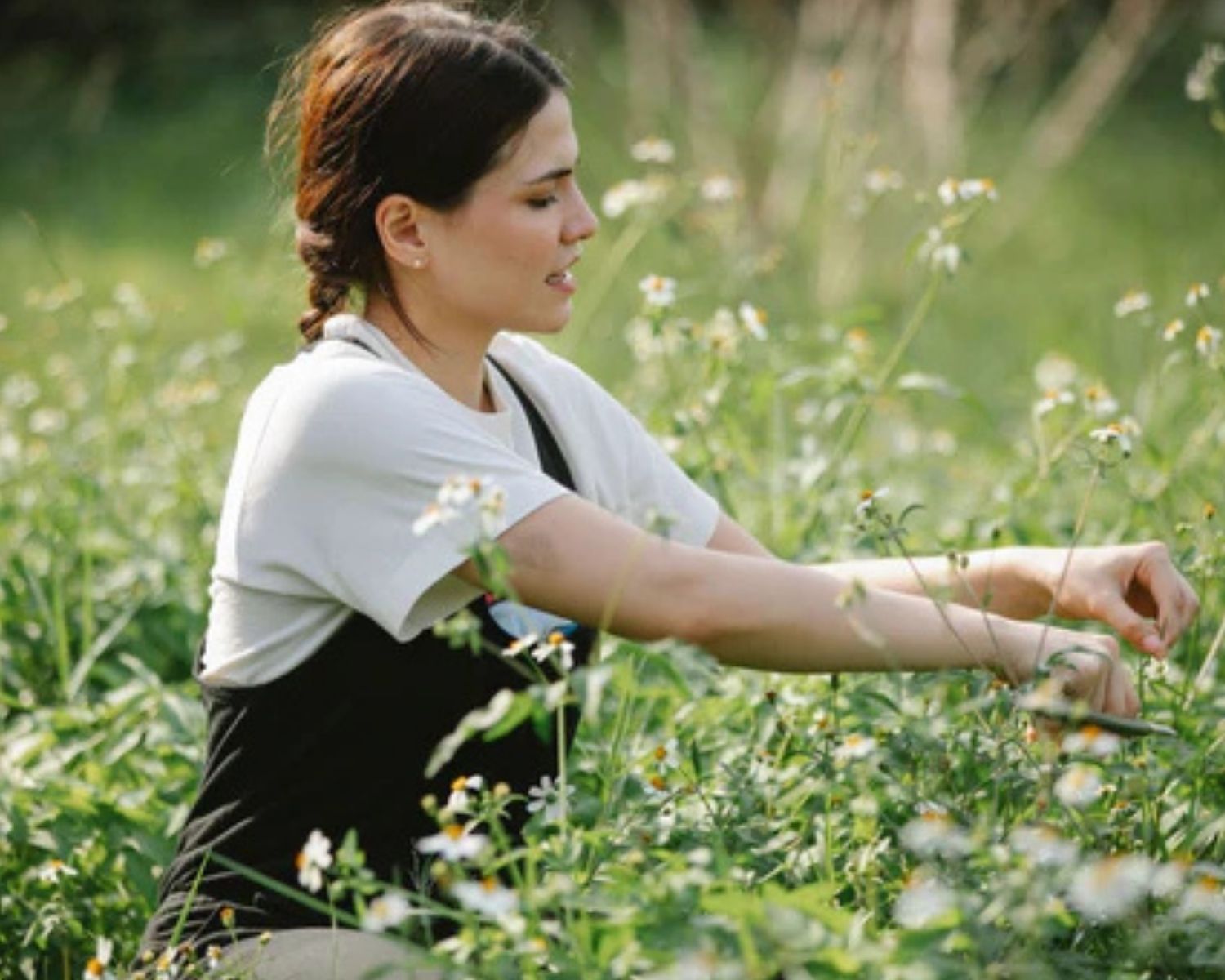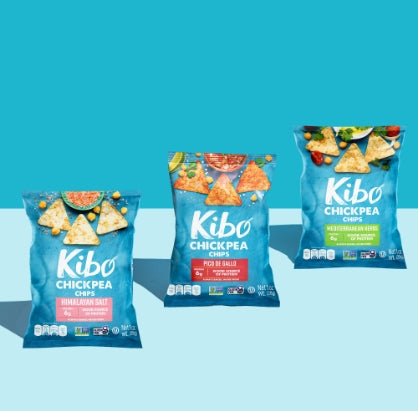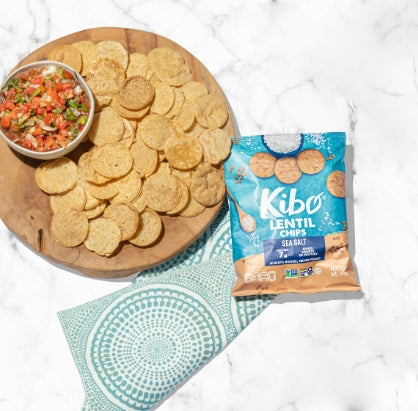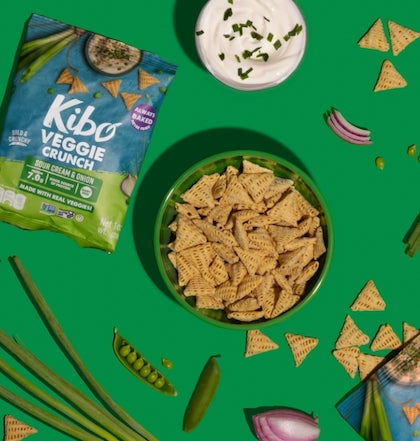Observed all around the world on July 28th, World Nature Conservation Day gives us the opportunity to reflect on the earth’s beauty and to devise actionable and empowering ways of preserving it.
The purpose of the holiday is to draw our attention to the fact that the earth’s natural resources are finite and in need of conservation. This year in the United States, the need for all of us to take part in conservation efforts is becoming impossible to ignore. Included below are a few actions you can take at home to revitalize your relationship to our beautiful planet, renew your commitment to conservation, and maybe even inspire those around you to do the same.
1. Birdhouses and Birdbaths
Besides being adorable and fun to observe, birds play an essential role in the beauty, balance, and overall health of the natural world. Several species, like hummingbirds, are essential pollinators. An even larger number of birds play a critical role in seed dispersal. Birds transport seeds while feeding, flying, and through their droppings, helping to diversify and enrich the landscapes that surround us.
Many birds also help maintain ecological balance by preying on insects and rodents. This is especially important in areas where these pests are overpopulated due to human activity.
Birdhouses provide places for birds to nest, and as human activity depletes natural habitats around the world, these places are increasingly difficult to come by. As temperatures and conditions of drought increase, birds need water not just to drink but also to preen with and cool their body temperatures. Birdbaths give them a much needed oasis in an urban landscape.
While both birdhouses and birdbaths offer innumerable benefits to birds and the nature around us, they also make us more attuned to the animals we share our environment with. The first step to meaningful conservation is to be conscious not only of what’s happening to the land and animals around us, but also the role we play in that.

2. Rethink your yard
Did you know that lawns are the largest irrigated crop in the U.S.? But more and more, people are becoming aware that grass lawns may not be the best ecological choice.
For one thing, lawns are a monoculture, supporting very few other species. They’re even called what’s known as a biological desert.
On top of that, grass requires vast attention and resources to maintain, water being a big one. On the east coast, water for lawn irrigation takes up 30% of residential water use, and that number is up to 60% on the west coast.
Getting the perfect green yard also requires fertilizers, herbicides, pesticides, and more—many of which are toxic pollutants that have been shown to cause physical and neurological symptoms in humans and pets. Lawn mowers, lawn edgers, weed whackers and leaf blowers also use up a huge amount of gasoline, contributing to greenhouse gas emissions that are changing our climate.
As much as we love a good field of grass, it’s clear that grass lawns have become all too ubiquitous in the U.S. If you’re planning your yard, consider an alternative, like wildflowers or moss, that will help conserve resources and encourage biodiversity. If you’re sticking with grass, consider leaving your clippings on the ground after mowing, as these healthy nutrients can help you maintain your lawn with less reliance on chemical inputs.

3. Compost
According to the Environmental Protection Agency, 17% of methane emissions in the United States come from landfills. Organic waste releases methane when exposed to anaerobic conditions, or conditions where it’s denied oxygen (picture the enormous mounds of decomposing food waste at your local dump).
Composting your food waste significantly reduces these emissions. It also cuts down on the need for potentially harmful chemical fertilizers. By increasing the quality of the soil, composting can contribute to reforestation and decrease erosion.
If you don’t have a yard, and you’re wondering how you’re going to kick off this environmentally-conscious activity, check online to see if there’s a community garden close by. Because compost enriches the soil and is great for gardening, many community gardens will be more than happy to let you drop off your food scraps.

4. Substitute Plant-based Protein
While humans have always been omnivorous, and while we’re not ones to tell people what they can and cannot eat, it’s clear that over-dependence on animal protein comes at a high cost.
Animal agriculture is responsible for a whopping 60% of greenhouse gas emissions around the world. Because livestock requires an enormous amount of space, food, and water, the environmental impact of raising it is formidable.
To add to that, animal agriculture is also responsible for 80% of the deforestation around the world, which only compounds its impact on the environment since forests, and especially rainforests, play a crucial role in absorbing and storing the Co2 that would otherwise be in the atmosphere.
Did you know animal agriculture accounts for approximately twice as much greenhouse gas emission as plant-based agriculture? Making a conscious effort to swap out animal protein in favor of protein-rich, plant-based alternatives is one of the most effective things we can do for the planet on an individual level. This doesn’t necessarily mean that we need to go vegetarian or vegan at all times, but any effort to eat plant-based protein as opposed to animal protein can go a long way—just imagine if everyone did it!

Takeaway
World Nature Conservation Day could be the perfect opportunity to remind ourselves to be more mindful of the natural world and our place in it. While our devices and the rapid pace of daily life can disconnect us from the beauty of the environment around us, it’s important to remember that there’s only one world. By conserving its natural resources and being mindful of the impact of our decisions, we can reconnect with it and enrich our relationship to it.
Did you find this post helpful? Check out our guide to planning a sustainable picnic! For more tips like these, be sure to subscribe to our email newsletter and follow us on social.
 Reviews
Reviews






